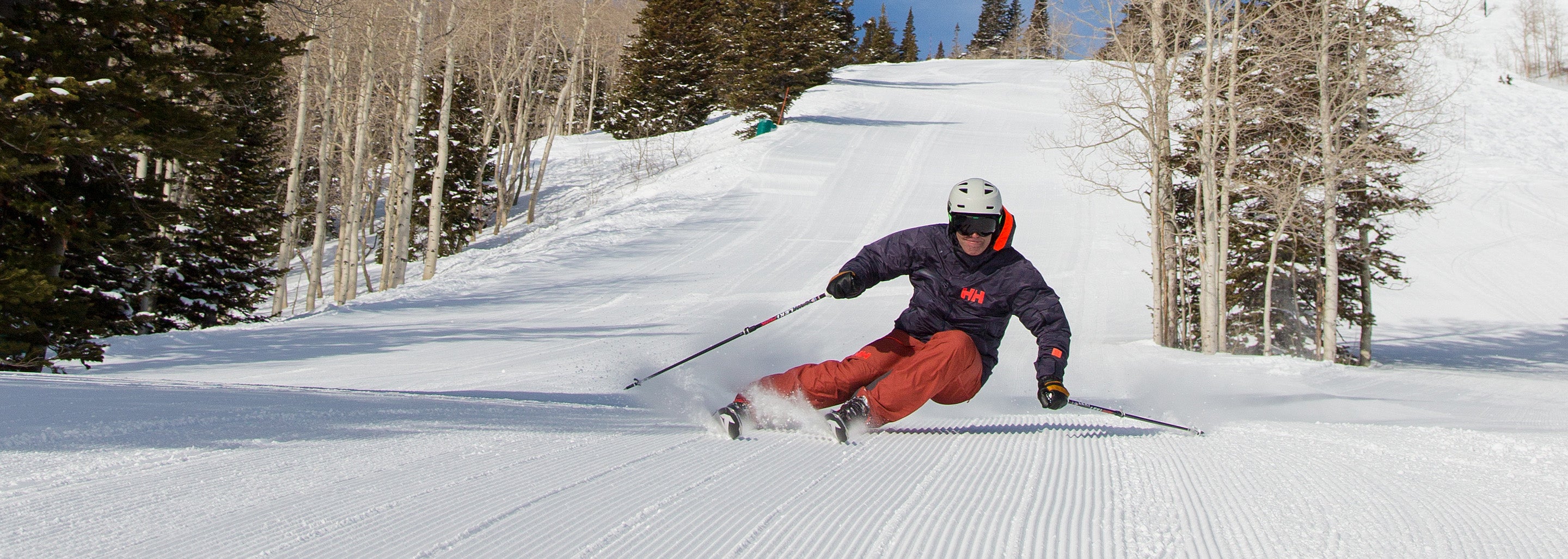How to Master the Fundamentals of Ski Technique

Photo credit: Keri Bascetta
Whatever the terrain or conditions, skiing well depends on having the correct equipment for the job. Don’t bring a knife to a gunfight.
Unfortunately, an effective technique isn’t something you can buy. Certain things are foundational to good skiing, whether you’re in deep Utah powder, water-injected World Cup ice, or amid the everyday conditions at your local ski area. The best skiers share certain fundamental skills, and they don’t change them, no matter what.
Style is another matter. That can be left to the individual and expressed in many forms. But good technique is something all good skiers should have in common, and it should not be left to too much interpretation.
Analysis of Good Skiing Technique
We can learn a lot about good skiing techniques by studying how experts move down the hill. Professional ski instructors, coaches, and athletes do this all the time—it’s called movement analysis. Take this image of veteran big-mountain skier McKenna Peterson, for example. Here’s what she’s doing right, starting from the snow and working up.

Skis
- Notice how Peterson tips her skis at very similar edge angles in relation to the snow. That’s a sign that she has good lateral balance. She also keeps her skis parallel, not letting her inside ski tip wander up the hill.
- There’s much more snow spraying off her downhill (right) ski than her uphill one. That shows us that Peterson is properly committed to her outside ski. Also notice that snow is spraying off her outside ski at the tip as well as the tail. That means she’s pressuring the entire length of the ski.
PSIA Tips: How to Carve
Poles
- Peterson has swung her pole forward—notice how the tip is well ahead of her hand—and is about to plant it in a spot directly downhill from her boot. In a short turn on steep terrain like this, that’s a great place to aim your pole plant. It helps keep your upper body facing the direction of your next turn—down the hill—and aids in directing your crossover movement to the new turn.
- Her inside (left) arm is over her left ski tip, not trailing behind her. This helps keep her upper body stable and “countered” over her lower body.
Quick Tip: Pole Plants
Video not displaying correctly? Watch it here.
Upper Body
- Looking at Peterson’s upper body you can see three roughly parallel lines—her shoulders, the chest strap of her pack, and the bottom of her jacket. Those parallels mean everything is working together to accomplish her goal.
- Notice how the zipper of Peterson’s jacket is more or less perpendicular to the slope. Keeping her head, shoulders, and upper body leaning out over her outside ski, rather than into the hill, puts her in a great athletic position from which she can easily control speed and prepare to move into the next turn.
More ski technique tips: How to tackle the steeps
Michael Rogan, SKI’s director of instruction and PSIA Alpine Team captain, is also a USSA Team Academy coach and instructor at Heavenly, Calif. He spends his summers enjoying more winter in Portillo, Chile, where he’s the Mountain Manager.
K2 athlete (and boat captain) McKenna Peterson grew up racing in Sun Valley and then at CU. Now she’s a professional big mountain skier based in Idaho.